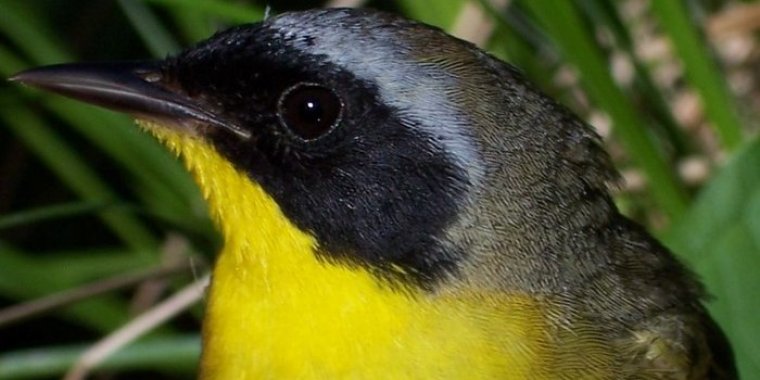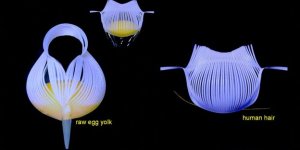| News / Science News |
For female yellowthroats, there's more than one way to spot a winning mate
For female common yellowthroats, small songbirds found throughout the U.S., beauty isn't just skin -- or features -- deep. New research provides evidence that large or showy physical features of males attract females because they signal high-quality male genes, such as those linked with robust immunity or stress resistance.

Male yellowthroat with a larger-sized black mask. Photo: Conor Taff
The association is of long-standing interest to biologists, particularly in cases where females in different populations of the same species prefer different male ornaments.
In comparative studies across two decades, researchers at the University of Wisconsin-Milwaukee and Skidmore College determined that different types of ornaments in male yellowthroats are linked to the superior genes that enhance survival of offspring.
Peter Dunn and Linda Whittingham at the University of Wisconsin-Milwaukee tracked female preferences for male ornaments in Wisconsin, while Corey Freeman-Gallant at Skidmore College studied preferences in upstate New York.
"We found that the particular ornaments that females tended to prefer in each of our locations didn't match," said Dunn, "even though both characteristics are found among males in both areas." Females in the Wisconsin studies favored a large black mask that extends across the eyes, while females in the New York population chose males with large yellow "bibs."
To investigate this behavior, the researchers studied the genes of feathers on birds with larger-sized features, using techniques that have become available only in the last five years.
The verdict: Despite being produced by different pigments in different parts of the body, the sizes of the ornaments preferred by females in each population were linked to numerous genes that govern beneficial survival traits.
The findings don't explain why females have different preferences geographically, Dunn said, but they have implications for evolution.
The availability of more than one ornament as a mating signal allows females to potentially respond to a different choice if their environment changes. (National Science Foundation)





